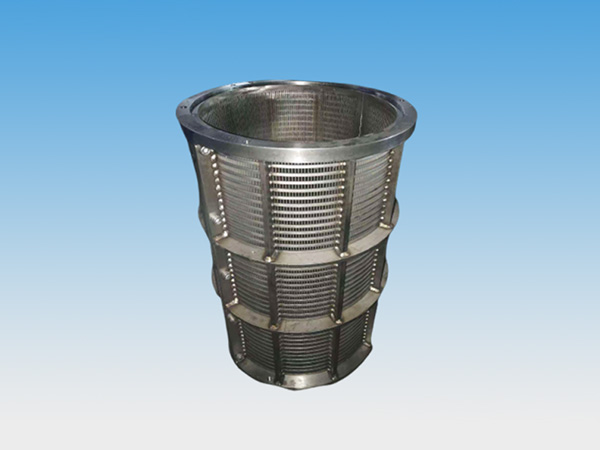Products

Performance Characteristics of the Impurity Removal Machine
The impurity removal machine is a new - type centrifuge developed on the basis of the original LW series horizontal screw centrifuges. Its separation factor is smaller than that of the similar LW series horizontal screw centrifuges, but its production capacity, separation efficiency, and the moisture content of the discharged slag have all been significantly improved. This machine has the following characteristics:
1 Suitable for the primary solid - liquid separation of suspensions in the gutter oil industry of kitchen waste.
2 High degree of automation: This machine features continuous feeding and continuous discharging. Under the action of centrifugal force, solid particles are continuously pushed to one end of the drum by the screw and discharged. The clarified liquid phase flows out through the mesh holes on the circumference of the drum and is discharged from under the casing, thus achieving continuous automatic operation.
3 Compact structure, small footprint, and convenient installation and maintenance.
4 Easy to adjust: Thanks to the adoption of an advanced variable - frequency speed regulator, compared with similar products, this machine has the advantages of low energy consumption and steplessly adjustable working speed.
5 All parts of this machine that come into contact with the material are made of stainless steel.
Principle of the Impurity Removal Machine
The working principle of this machine is as follows: The machine gradually increases its speed through the frequency converter. Driven by the pulley, the drum rotates at a certain speed to generate centrifugal force for the unloading function. After the machine speed stabilizes, the suspension enters the mesh holes of the drum through the head tank, flow control valve, and feed pipe. Under the action of a strong centrifugal force field, the solid particles with a higher specific gravity are thrown onto the settling wall surface and quickly deposit on the inner wall of the drum mesh holes. The rotating spiral blades generate a driving force, and the sediment is continuously pushed to one end and discharged from the slag outlet through the solid - phase collection casing. The separated clear liquid flows out through the mesh holes of the drum and is discharged by the liquid - phase collection casing. The separated filtrate is discharged from the filtrate collection chamber, forming a continuous automatic separation process.
Structure
The impurity removal machine consists of components such as a drum, spiral blade conveyor, main bearing, underframe, liquid - solid phase collection chamber, upper cover, motor transmission device, and frequency converter.




 SU ICP 05018101-1
SU ICP 05018101-1